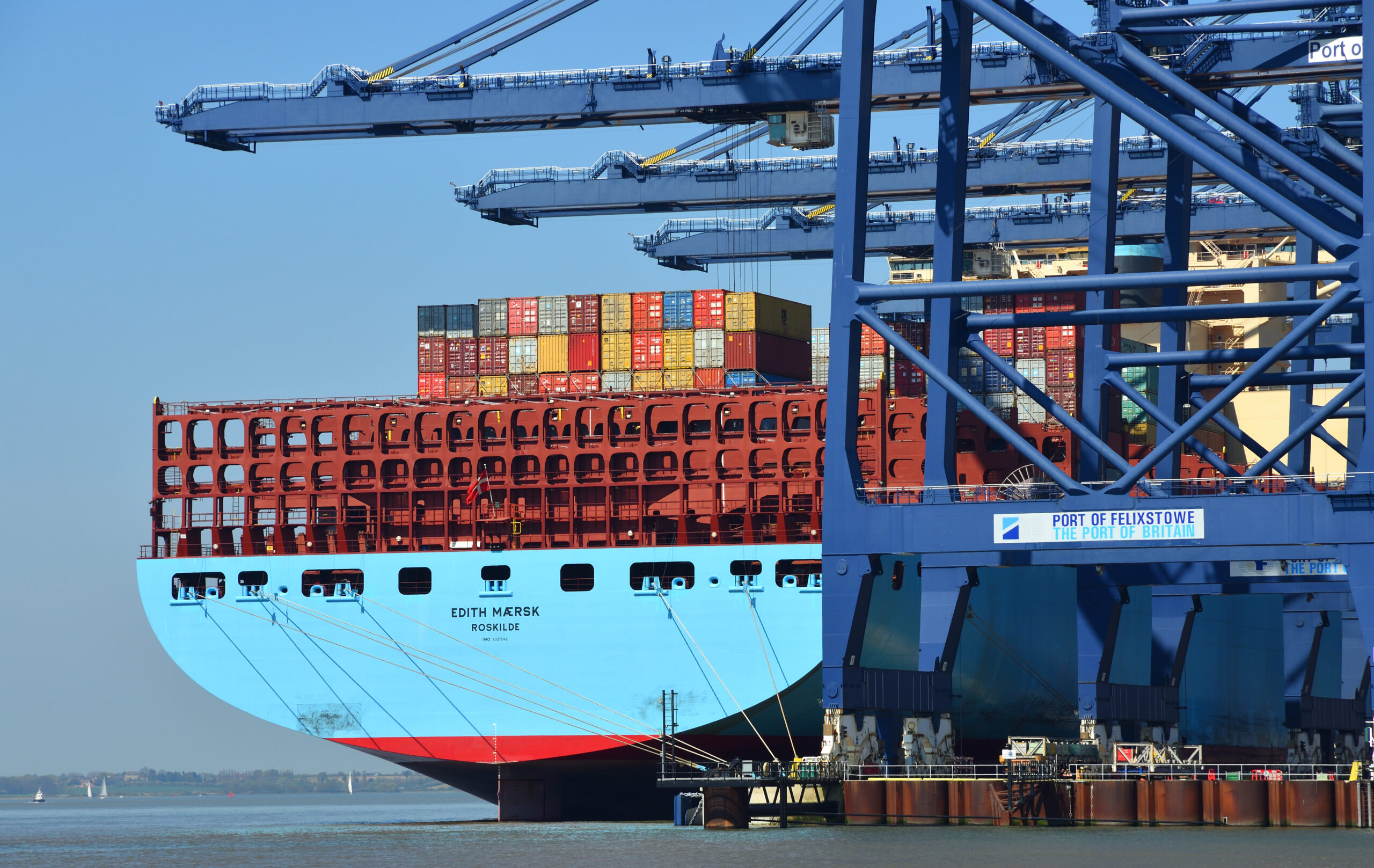The ongoing crisis in the Red Sea has forced ships making the journey from Asia to Europe into a longer, more expensive and more polluting route to reach their destinations by going around the Cape of Good Hope.
According to a recent Concordia-led study, this is resulting in greater greenhouse gas (GHG) emissions due to increased carbon leakage – this is the term for when companies relocate operations away from a jurisdiction with high carbon costs (e.g., the EU’s ETS).
The study claims that shipping companies are more likely to use transhipment points in ports such as Durban, South Africa and Abidjan to escape EU carbon fees.
In January 2024, the EU’s Emissions Trading System (ETS) — a cap-and-trade mechanism designed to encourage polluters to cut down their use of greenhouse gases — was extended to cover CO2 emissions from all large ships entering EU ports, regardless of the flag they fly or their port of origin. A ton of CO2 emissions is priced at roughly 100 euros.
The three-year phased-in system will eventually cover 50 per cent of all emissions from voyages that start or end outside of the EU and 100 per cent of emissions that occur between two EU ports and in EU harbours.
But as the researchers note, maritime shipping companies are rerouting away from the Red Sea toward South Africa and beyond. This not only avoids the volatile area, where maritime safety is affected by recent military actions in the Middle East, but also allows them to transfer their cargo from one ship to another one bound for Europe. Under EU regulations, only the emissions from the second leg will be subject to ETS compliance costs.
Source: Concordia



